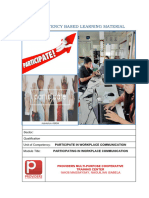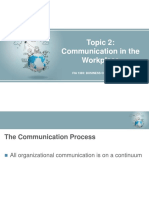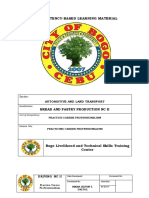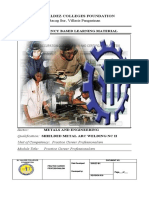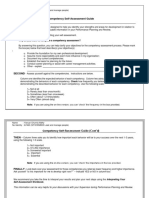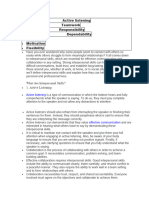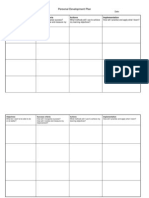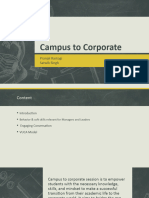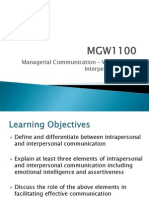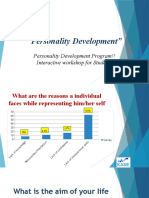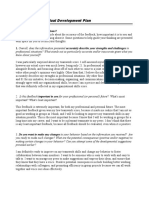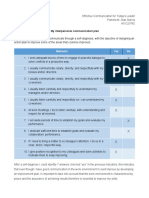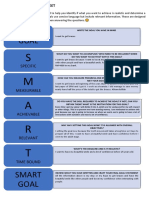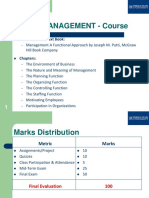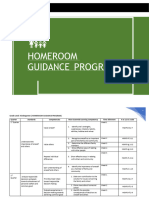0% found this document useful (0 votes)
50 views17 pagesCBLM bASIC 3
The document provides competency-based learning materials for the unit of competency "Practice Career Professionalism" in the trade area of Agricultural Crops Production. It includes information on learning outcomes, experiences, and assessment criteria focused on integrating personal objectives with organizational goals, setting and meeting work priorities, and maintaining professional growth and development. The materials contain information sheets, self-checks, answer keys, and a task sheet on developing a personal development plan to assess learning.
Uploaded by
Roi Jason De TorresCopyright
© © All Rights Reserved
We take content rights seriously. If you suspect this is your content, claim it here.
Available Formats
Download as DOCX, PDF, TXT or read online on Scribd
0% found this document useful (0 votes)
50 views17 pagesCBLM bASIC 3
The document provides competency-based learning materials for the unit of competency "Practice Career Professionalism" in the trade area of Agricultural Crops Production. It includes information on learning outcomes, experiences, and assessment criteria focused on integrating personal objectives with organizational goals, setting and meeting work priorities, and maintaining professional growth and development. The materials contain information sheets, self-checks, answer keys, and a task sheet on developing a personal development plan to assess learning.
Uploaded by
Roi Jason De TorresCopyright
© © All Rights Reserved
We take content rights seriously. If you suspect this is your content, claim it here.
Available Formats
Download as DOCX, PDF, TXT or read online on Scribd
/ 17






